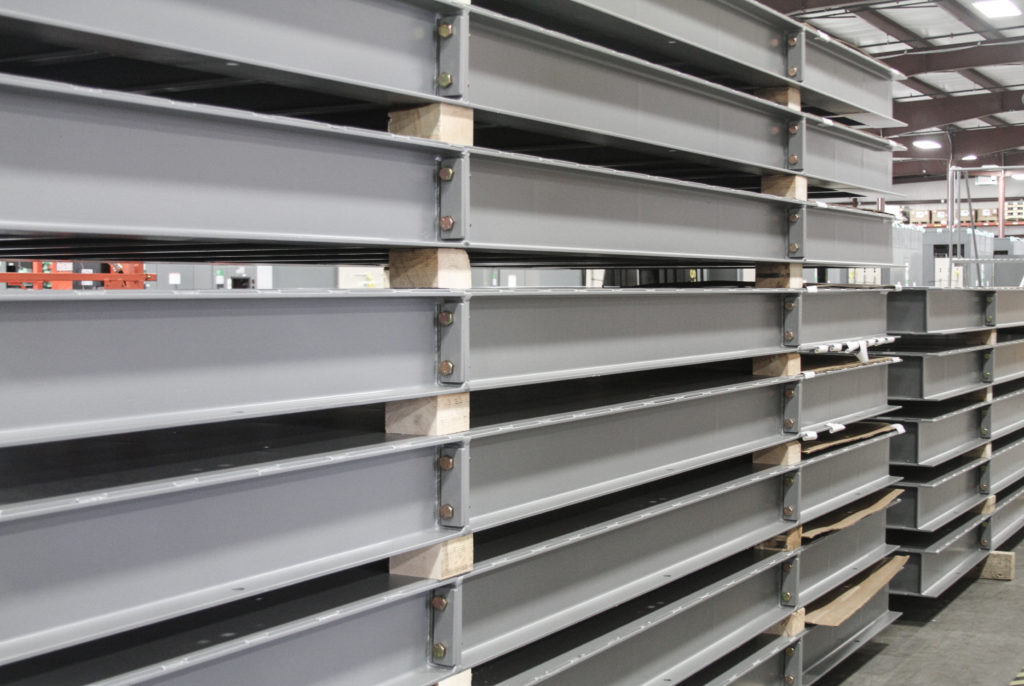January 29, 2020 Doug Koehler
Does Standardization Have a Role in Quality?
Standards are in use all around us and many times we don’t even know it. The standard size for a piece of office writing paper in the United Sates is 8.5” wide by 11” long (Letter Size). In Europe it’s 8.3” x 11.7” (A4 Paper). Who sets these standards and why are they important? For the paper sizes above, the US standard is defined by the American National Standards Institute (ANSI/ASME Y14.1). And the International standard used in Europe is defined by the International Organization for Standardization (ISO 216:2007).
ISO defines a standard as a document, established by consensus and approved by a recognized body, that provides – for common and repeated use – rules, guidelines or characteristics for activities of their results, aimed at the achievement of the optimum degree of order in a given context. Companies often define their own standards for processes, methods and even materials to assure consistency and efficiency in their operations.
Why are standards important?
If you have ever tried to put a piece of A4 paper into a printer that will only accept US letter size paper, you know it won’t work. It’s too big. If you have a work standard that everyone is following, they will be using the same parts, tools and methods no matter who is performing the work, even if the work is being done in multiple locations. Standards usually help to define the best way of doing something. This also promotes the dissemination of best practices, because when someone develops a better way that is different than the current standard, it is easy to identify and transfer to everyone doing the same work.
Henry Ford knew this and used standardization to improve the efficiency of his company’s production lines. They were able to break down and standardize the work needed at each step of production, improving training and interchangeability of workers. This enabled them to mass produce cars with consistent quality at a lower price than the competition.
In our industry, standards are not only important to quality and productivity but most importantly to safety! Imagine if there were no National Electrical Code and people could use any size wire, with any size circuit breaker. Do you think someone would eventually attempt to use a smaller wire than they should just to save some money?
How does standardization have a role in quality?
If an established standard is being used every time someone makes a product, no matter where it’s being made, more consistent products will be produced. For new products, standardization will also highlight any issue with a product or process because it will occur consistently. This can reduce the time to market for a product by making any shortcomings more evident, easier to find and faster to fix.
When things are standardized, we don’t have to solve the same problem multiple times. When things are standardized, efficiency improvements made in one location can be quickly implemented across all locations. When things are standardized, documentation, training and execution are the same for everyone at all locations. When things are standardized, variation from the correct materials and methods is reduced, making processes safer.
Standardization improves quality, reduces costs, reduces lead-times and improves safety. Are your employees performing their work in a standardized manner?
Interested in learning more? Check out our other articles and subscribe to be the first to know about future Excellerate blog articles.

 Does Standardization Have a Role in Quality?
Does Standardization Have a Role in Quality?

